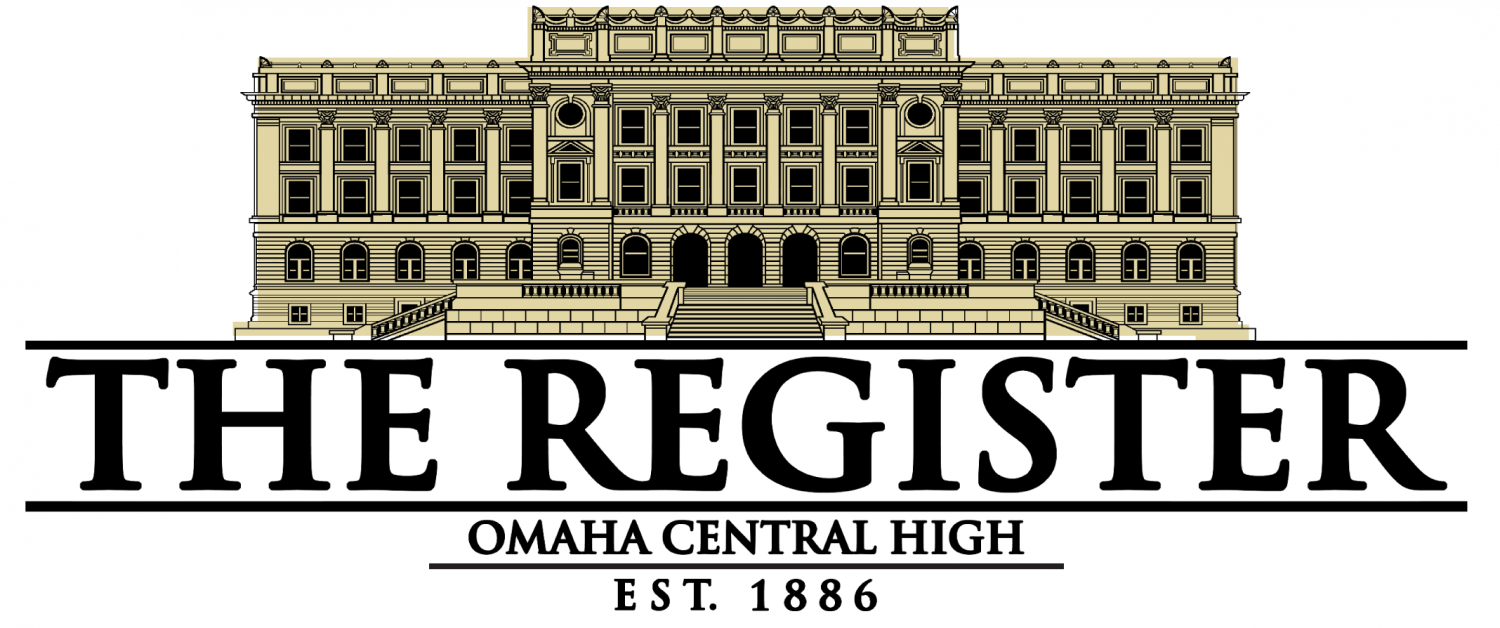IB program unnecessarily divisive, strikingly similiar to AP
May 15, 2018
With 6,311 programs spanning 4,786 schools worldwide, the International Baccalaureate Programme is a prominent world-wide organization. Over a million people around the world are a part of the IB program. It claims to have a more student-centered learning environment where students can “develop strong academic, social and emotional characteristics”, when in actuality, all schooling focuses on these aspects.
Through the middle years program preceding the Diploma program, students are taught that IB creates inquiring, knowledgeable, open-minded thinkers. This proves to be true through the success rates of IB students, but all schooling is meant to help students attain these characteristics. School is an inquiring and knowledge-based environment regardless of the program’s title.
Advanced placement also thrives from the thoughts and actions of its students. Public education has an overall goal that is not changed by labeled programs. Whether a student is involved in AP, Honors, IB, or regular classes, the schedule will contain core criteria and electives to guide the students’ growth.
Etymological courses such as “Theory of Knowledge” are required along with four years of a foreign language as a part of IB. Students are obviously prompted to do their best to prepare for college through their course loads, but the “in-depth” techniques of the IB program are not always beneficial. Just because these students are expected to write more doesn’t mean they are learning the content to a better extent. AP classes help to cover the largest amount of information that can be applied to the real world.
Specifically, within Central, the IB program does not cater to the needs of all students. There is an individualized learning style with under 30 students involved in the program per graduating class. This can be considered helpful to the student’s intellectual growth but can actually limit one’s learning style.
With a student-body of 2500 students, Central is a prime environment to engage with a diverse alignment of peers. There is a wide demographic in this school that is not represented in the IB program. Classes may be taught near each other, but the IB students are seemingly separated from the rest of the student body, excluding passing periods.
IB isolates a small group of students from the rest of their peers. In social instances such as school fundraisers or events, the small group of people often resort to their clique to gain prominence. This is not to say that friendships can’t be formed across program barriers, but the inclusivity of the learning style may limit student interactions. AP classes are much more versatile in the diversity of students they include and the variability of the scheduling hours in which students can be placed.
It can be said that IB is not as diversified in regards to their interactions within school, but once these students are released to the outside world, there are many International benefits to be reaped. The multilingual requirements allow for a global perspective, but language classes are available for all students. As an IB dropout after the middle years program, I cannot claim to have extended knowledge on the subject, but IB doesn’t fit an abundance of students’ social and academic preferences, including my own.
Ultimately, the International Baccalaureate Programme is not much different than regular Advanced placement classes. Both of these programs will provide high school students with advantages for their futures. Aside from the benefits of more globalized learning, IB students are at a near disadvantage. There is a lack of versatility in the classes IB can take. Some of the most fun or important to the students’ futures do not fit into the cohesive IB schedule. To the students within this program, it may seem as though their futures are broadened, but I personally feel as though AP classes will help me explore my future to its fullest extent.
